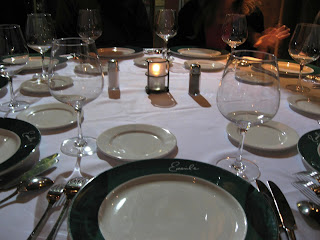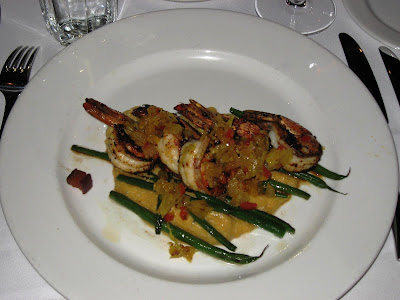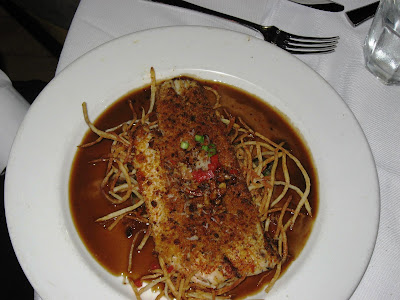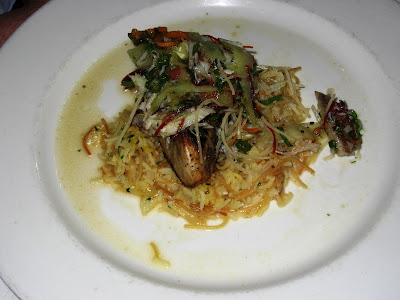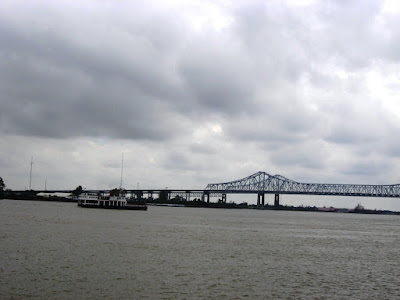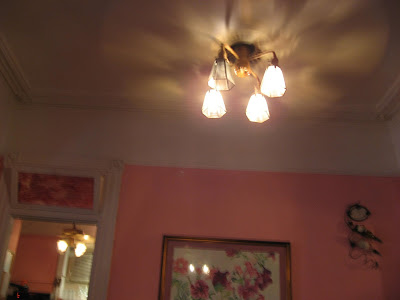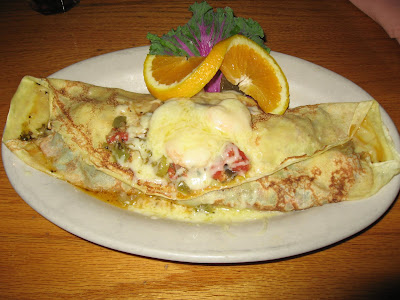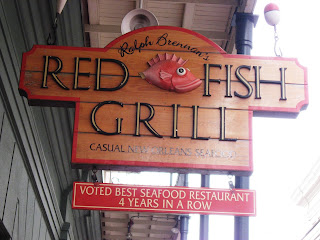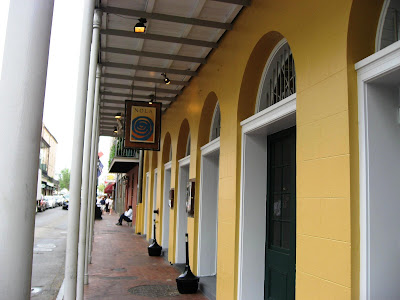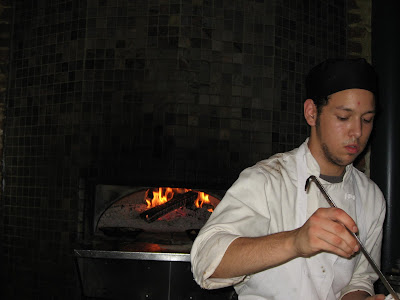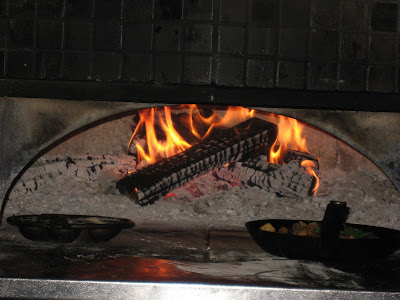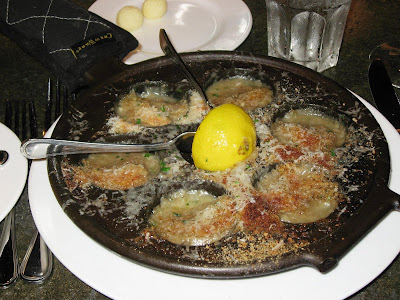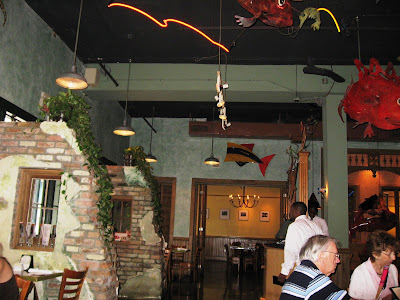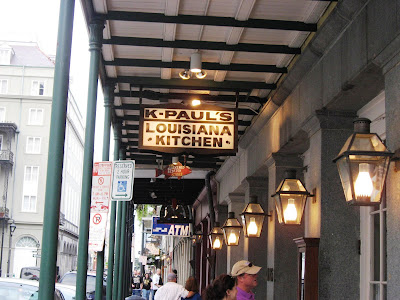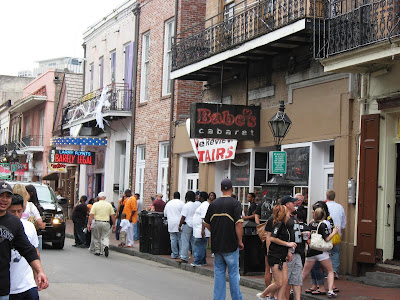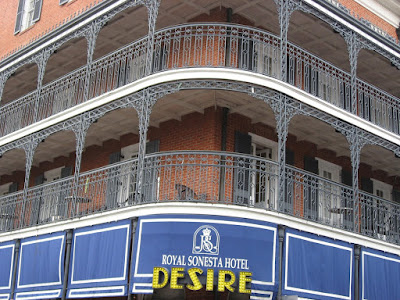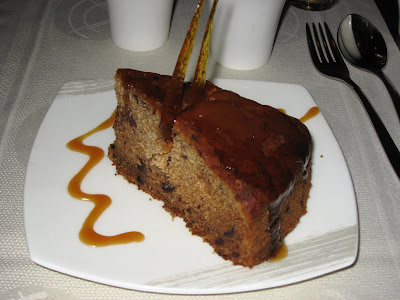Swamps and Bayous
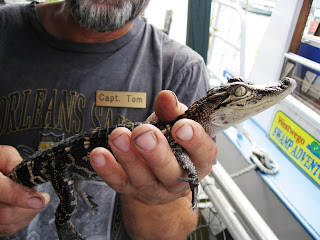 Louisiana has the most important wetlands in America - a watery world of bayous, marshes, and barrier islands that produces and transports more than a third of the nation's oil and ranks second only to Alaska in commercial fish landings. As wildlife habitat, it makes Florida's Everglades look like a petting zoo by comparison.
Louisiana has the most important wetlands in America - a watery world of bayous, marshes, and barrier islands that produces and transports more than a third of the nation's oil and ranks second only to Alaska in commercial fish landings. As wildlife habitat, it makes Florida's Everglades look like a petting zoo by comparison.
The wetlands of Louisiana have acted as a storm barrier and a rich wildlife habitat for ages. However, with the discovery of oil, the wetlands were criss-crossed with man-made canals; also a system of levees were built to prevent flooding populated areas. Some of these human interventions are now thought to be responsible for the rapidly disappearing stretches of wetlands, leading to higher risks of hurricane damage to a city that lies 80% below sea-level!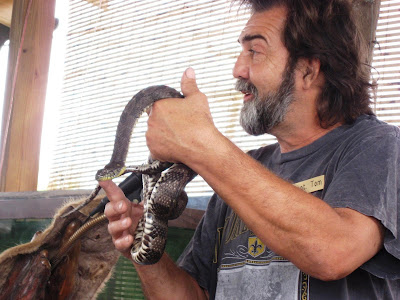
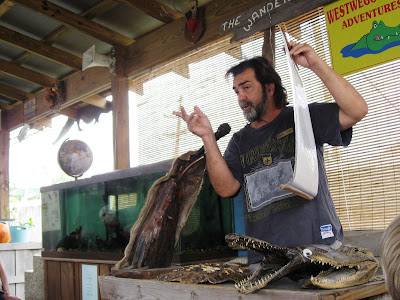 I took a Swamp and Bayou tour during the weekend that gave me a first-hand look at these wetlands. Wiki defines bayou as "a small, slow-moving stream or creek, or a lake or pool that lies in an abandoned channel of a stream". We were driven across the Mississippi a bus and arrived at a small town on the edge of the wetlands. A local guide gave us a brief tour of the nesting habits of alligators, snapping turtles, egrets and other native creatures of the swamp. I learnt that there are about 36 varieties of snakes, and only six of them are deadly. That snakes with a yellow stripe adjacent to the red are dangerous, while those with a white stripe adjascent to the red are not.
I took a Swamp and Bayou tour during the weekend that gave me a first-hand look at these wetlands. Wiki defines bayou as "a small, slow-moving stream or creek, or a lake or pool that lies in an abandoned channel of a stream". We were driven across the Mississippi a bus and arrived at a small town on the edge of the wetlands. A local guide gave us a brief tour of the nesting habits of alligators, snapping turtles, egrets and other native creatures of the swamp. I learnt that there are about 36 varieties of snakes, and only six of them are deadly. That snakes with a yellow stripe adjacent to the red are dangerous, while those with a white stripe adjascent to the red are not. Our local guide was a fisherman who took us on a boatride throught the bayou. He told us that shrimping season has begun. That moonlit nights are better as the moonlight attracts the shrimps near the surface. I also learnt that people could hunt turtles; only some varieties, including sea turtles, are endangered and cannot be hunted. The swampy shores of the bayou had a lot of cypress trees; many with roots in water. These tress apparently take well to water, and their roots keep growing.
Our local guide was a fisherman who took us on a boatride throught the bayou. He told us that shrimping season has begun. That moonlit nights are better as the moonlight attracts the shrimps near the surface. I also learnt that people could hunt turtles; only some varieties, including sea turtles, are endangered and cannot be hunted. The swampy shores of the bayou had a lot of cypress trees; many with roots in water. These tress apparently take well to water, and their roots keep growing.
 I found out that these swamps are only about eight foot deep but the floor is very soft and filled with plants, leeches and all kinds of creepy-crawly things! By the time we got back on solid ground after two hours in the boat, we had seen a number of alligators, turtles and birds in their natural habitat. I also saw some of the flood barriers that have been put into place after the Katrina disaster. All in all, this was an interesting tour; it's amazing how large the wetlands here are; the entire area they cover is bigger than many of the smaller European nations.
I found out that these swamps are only about eight foot deep but the floor is very soft and filled with plants, leeches and all kinds of creepy-crawly things! By the time we got back on solid ground after two hours in the boat, we had seen a number of alligators, turtles and birds in their natural habitat. I also saw some of the flood barriers that have been put into place after the Katrina disaster. All in all, this was an interesting tour; it's amazing how large the wetlands here are; the entire area they cover is bigger than many of the smaller European nations.
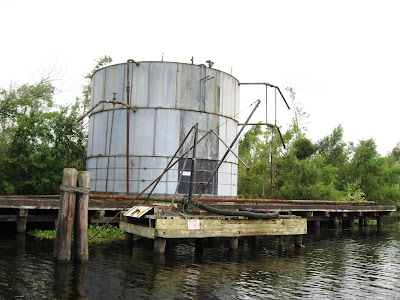
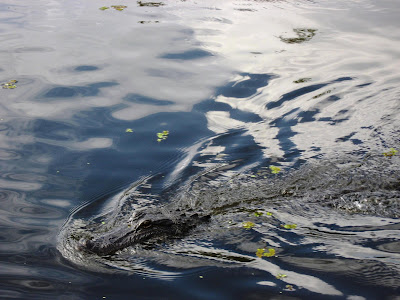
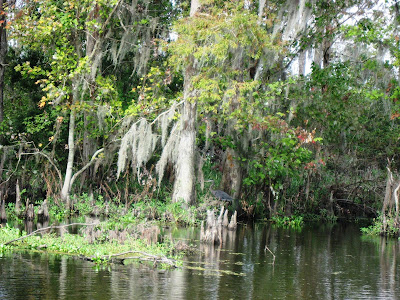
 Among the many interesting things I saw in New Orleans, one was their tradition of over-the-ground burials, sometimes refered to as Cities of the Dead. While driving to the airport, I passed a very large cemetary with tombs that were erected above the ground. This tradition began due to the soggy and water-logged lands in this region. You can see rows and rows of structures small and big that house the mortal remains of people within these cemetaries.
Among the many interesting things I saw in New Orleans, one was their tradition of over-the-ground burials, sometimes refered to as Cities of the Dead. While driving to the airport, I passed a very large cemetary with tombs that were erected above the ground. This tradition began due to the soggy and water-logged lands in this region. You can see rows and rows of structures small and big that house the mortal remains of people within these cemetaries.
Plantation tours are also popular with many tourists who visit New Orleans. Showcasing the genteel Southern living of the past, these plantations also are a reminder of the slave labor of those time. New Orleans at one time was the center of the slave trade where cruel slave auctions were routine. The French first came into this city with their slaves. This city also saw migrants from Haiti, probably the only place where slaves fought and won against their white masters during an uprising.
I left New Orleans on a bright morning. While there are many signs of the damage wrought on this city by the recent hurricanes, the image I carried back was the fun and merry-making at the French Quarters and the aroma of mouth-watering, spicy food.
Related Posts:

